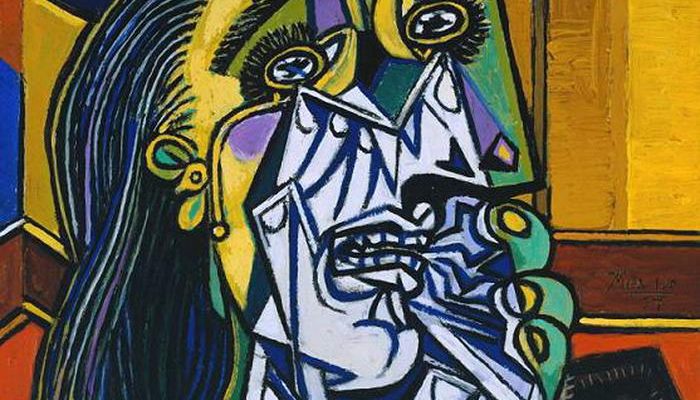The 20th century marked a significant turning point in the art world. It was a period of massive change for everyone, so as a result the art world turned on its head, as well. When we speak of the 20th century artists, we refer to individuals who shaped the course of art history and had profound influences on generations of artists to come. These artists of the 20th century revolutionized concepts, shattered boundaries, and reshaped the narrative of what art can and should be.
From painters and sculptors to photographers and performance artists, the famous artists of the 20th century changed our perception of the world around us. They experimented with various media, toyed with abstract ideas, and pushed the boundaries of what is considered beautiful, aesthetically pleasing, or even thought-provoking. Their works still echo in galleries, museums, and art history books, testifying to their enduring impact on the art world.
Throughout this content, we will delve into the lives and works of ten of the most influential artists of the 20th century, highlighting their contributions, their innovations, and the indelible marks they left on the art world.
10 – Piet Mondrian
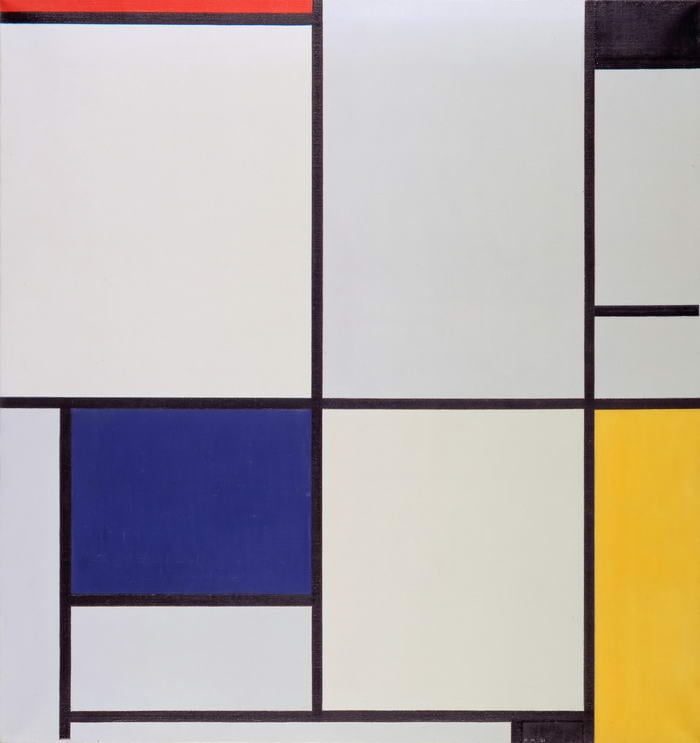
Mondrian’s iconic style, now termed ‘De Stijl,’ is prevalent in his famous painting series, Composition with Red, Blue, and Yellow. This form of artistic expression highlights the profound simplicity and balance that Mondrian sought in his art, proving that sometimes, less is more. To this day, Mondrian’s bold and geometric creations remain a major influence in the fields of art, architecture, and design.
09 – Mark Rothko
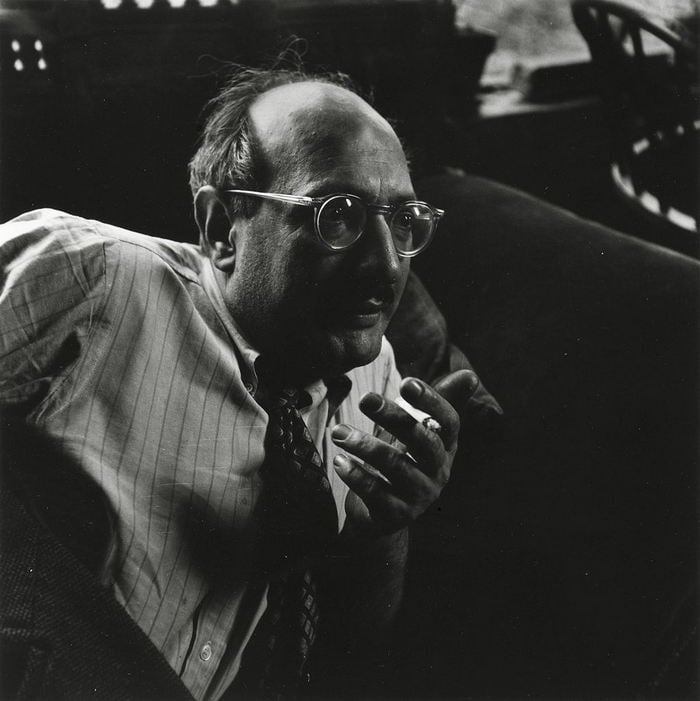
When you hear about Mark Rothko, one word comes to mind: color-field. This 20th-century artist was a key figure in the development of post-war abstract art in the United States. Rothko was part of the so-called New York School, a group of artists contributing significantly to abstract expressionism.
Rothko’s painting style was unique. His works usually consist of soft-edged, rectangular forms with varying colors. Instead of an explosion of brush strokes, Rothko’s canvases were filled with color swatches, each hue emanating its own emotion. One of his most iconic series, Rothko Chapel, showcases his genius in using color to create a contemplative space. Rothko’s innovative and evocative use of color has made him one of the most influential figures in abstract art.
08 – David Hockney
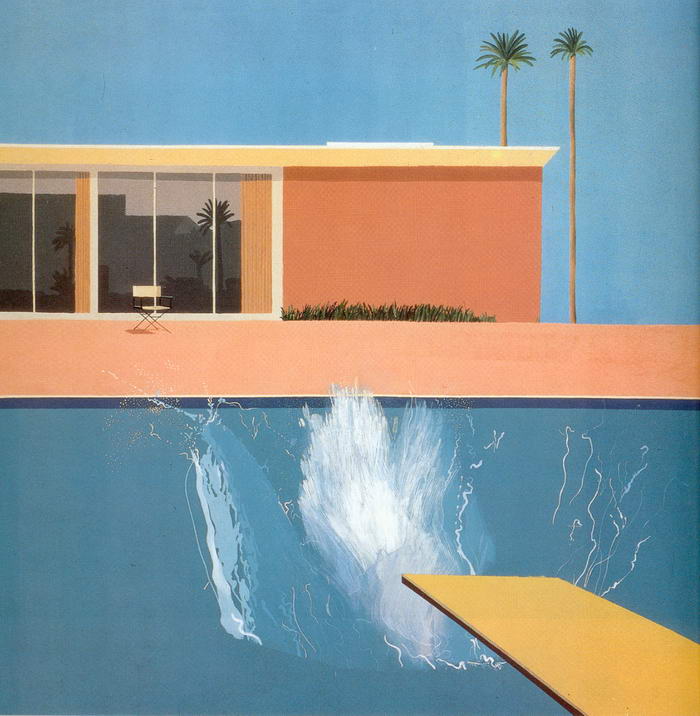
David Hockney, a versatile and innovative artist of the 20th century, is renowned for his contribution to the Pop Art movement in the 1960s. This British artist’s portfolio is diverse, including painting, drawing, printmaking, and later in his career, digital media.
Hockney’s works, often imbued with a playful spirit, range from his iconic pool paintings like A Bigger Splash to his immersive landscapes. His unique style – characterized by vivid colors, linear precision, and intimate subject matter – captures the viewer’s imagination and transcends the mundane. Whether it’s a Californian landscape or a personal portrait, Hockney’s ability to transform ordinary scenes into extraordinary works of art is truly remarkable. His influence on contemporary art makes him one of the defining artists of the 20th century.
07 – Roy Lichtenstein
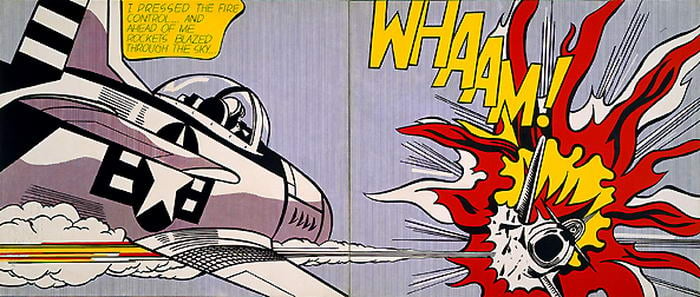
Roy Lichtenstein’s paintings have become iconic works of art from the 1960s pop art movement. Say hello to the world of pop art with the works of Roy Lichtenstein. Recognized for his comic strip-inspired paintings, Lichtenstein bridged the gap between popular culture and traditional fine art. His style was distinctive, using bold lines, dots, and primary colors to mimic the printing process of mass-produced comics.
Pieces like Whaam! and Drowning Girl became the hallmarks of his career, embodying his unique blend of high art and popular culture. Lichtenstein’s transformative approach significantly shaped the pop art movement, affirming his place among leading 20th century artists.
06 – Damien Hirst
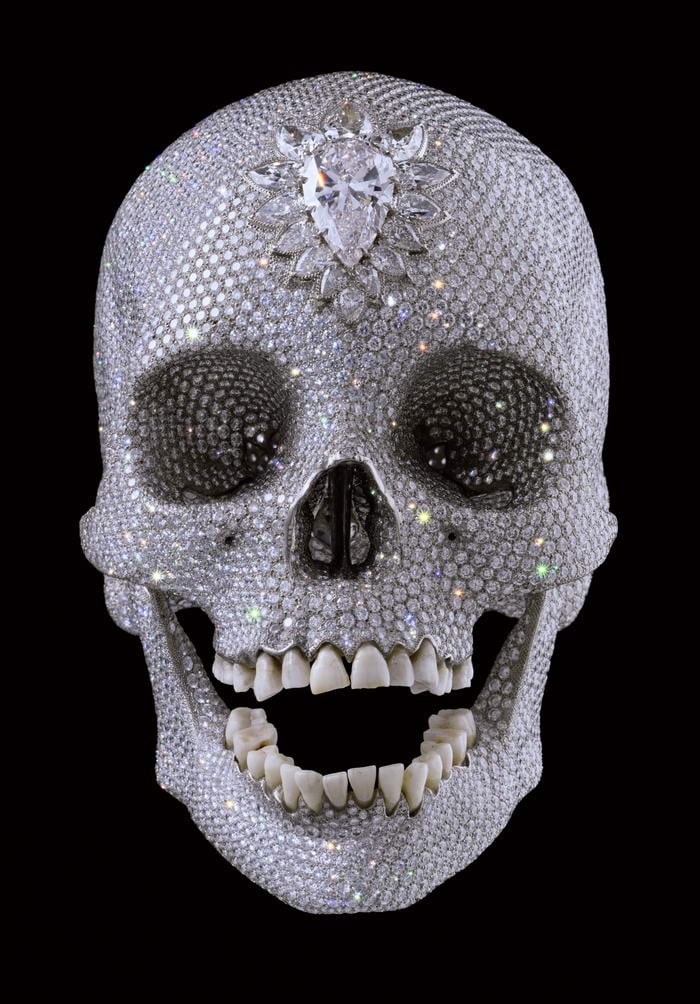
Damien Hirst is the controversial British artist who has pushed people to reconsider what can be called ‘art’. His most famous works include The Physical Impossibility of Death in the Mind of Someone Living (the preserved body of a shark suspended in a tank of formaldehyde), For the Love of God (a diamond encrusted skull), and his series of ‘spot paintings’.
Hirst’s creations push the boundaries of art. His series of artworks featuring animals in formaldehyde, like The Physical Impossibility of Death in the Mind of Someone Living, challenge viewers’ comfort zones. Meanwhile, his spot paintings and spin art showcase his ability to engage with color and form. Hirst’s knack for evoking strong reactions, whether admiration or outrage, cements his status as an influential artist of the 20th century.
05 – Jackson Pollock
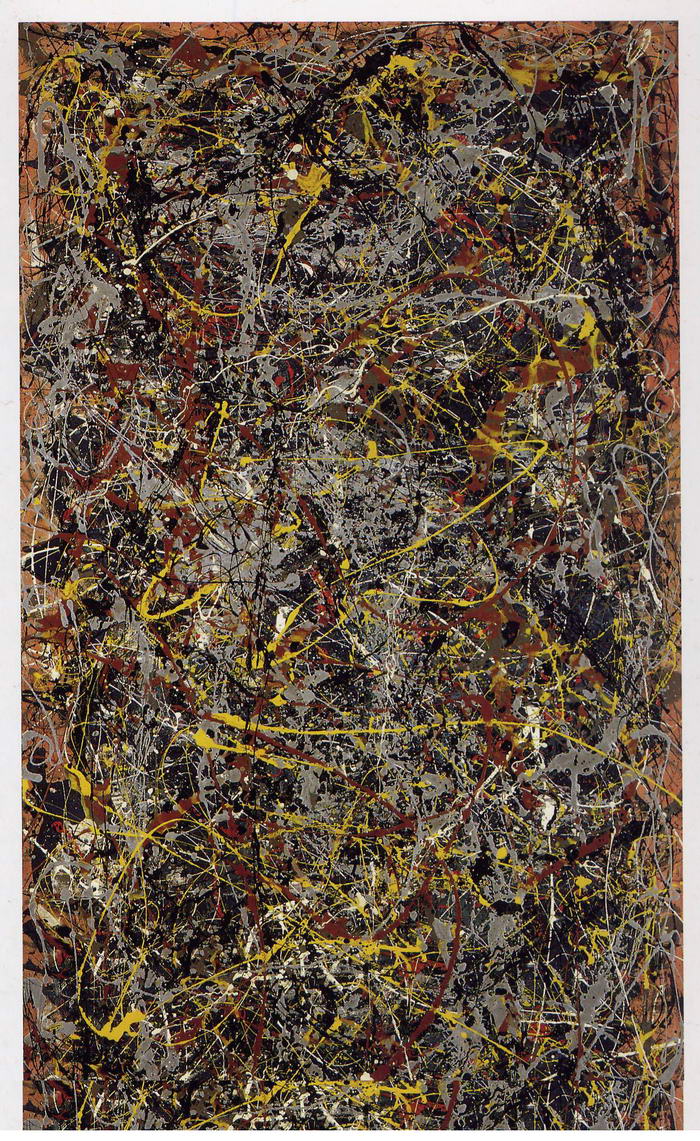
Jackson Pollock, the poster child of abstract expressionism, made a significant impact on 20th century art with his action painting technique. He traded brushes for drips and splatters, and easels for unprimed canvases on the floor.
Pollock’s distinctive style is visible in works like Autumn Rhythm and No. 5, 1948. His technique was as compelling as the end product, turning the painting process into a form of performance art. Pollock’s non-traditional approach shifted the paradigm of the art world, encouraging artists to step out of their comfort zone and explore new methods. His legacy continues to resonate in the realm of abstract expressionism, making him a truly iconic 20th century artist.
04 – Salvador Dali
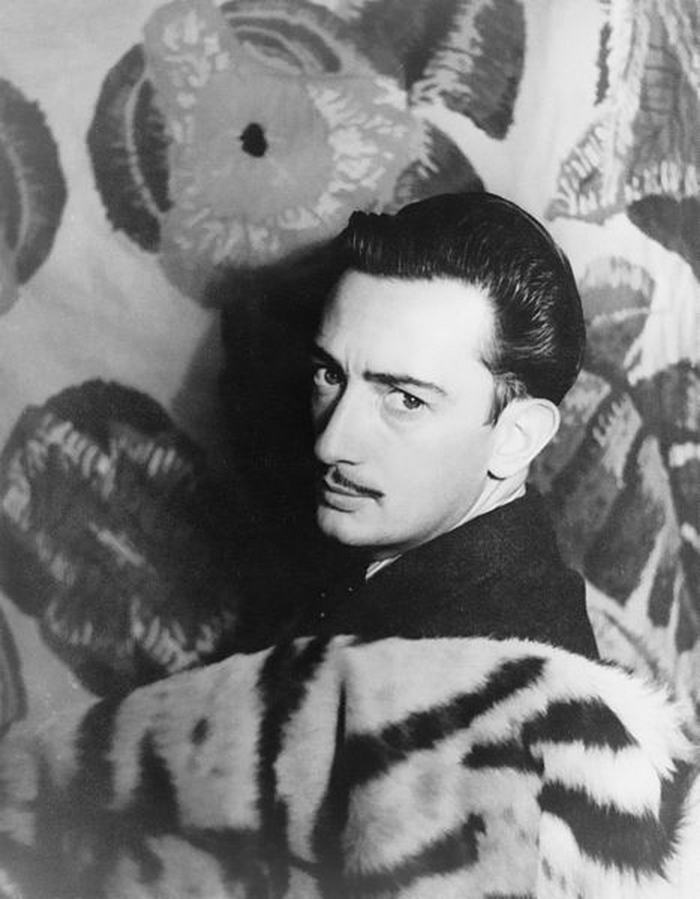
Dali’s most recognized work, The Persistence of Memory, features melting clocks in a dreamlike landscape. These seemingly bizarre elements represent his exploration of our subconscious mind and perception of reality. The vivid details and inventive themes of Dali’s artwork continue to inspire and intrigue audiences, even today.
03 – Claude Monet
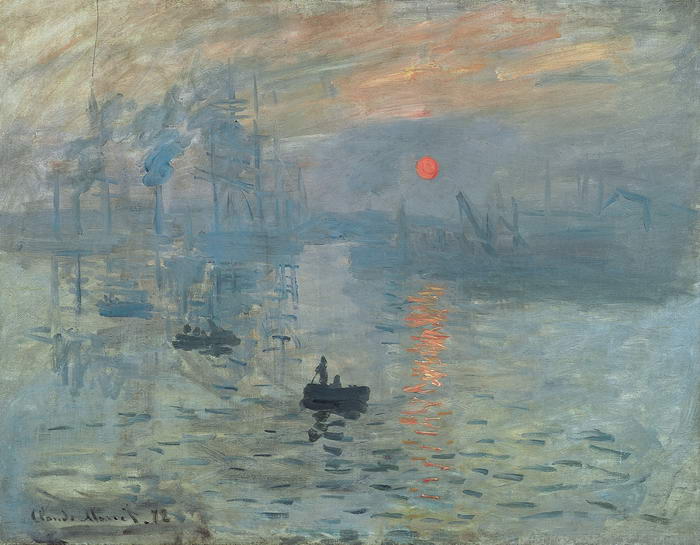
Monet’s Water Lilies series is a testament to his dedication to capturing the natural world’s beauty. His unique painting method and distinct brush strokes create an almost ethereal quality. Monet’s work remains immensely popular, with his pieces frequently displayed in museums around the world.
02 – Andy Warhol
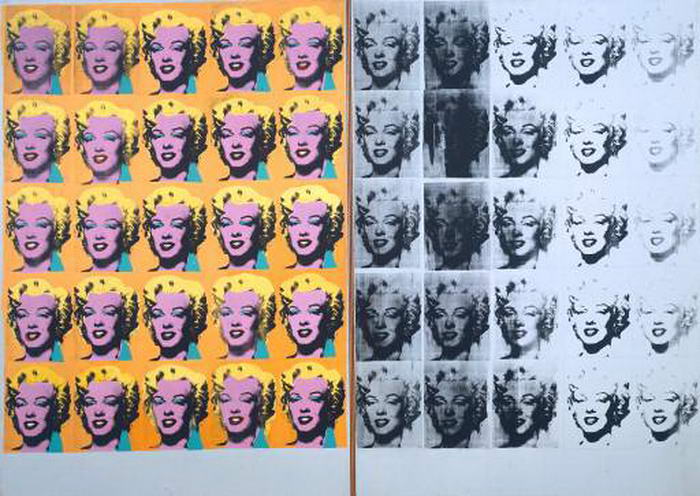
No one represents pop art better than Andy Warhol. Warhol masterfully merged art with celebrity culture and advertising, reflecting the consumerism boom in post-war America. His Campbell’s Soup Cans and portraits of Marilyn Monroe are among the most recognized works in modern art.
Warhol used a technique called silkscreen printing to mass-produce images, an intentional nod to the industrialized world. His bold, repetitive graphics and vibrant colors became symbolic of the pop art movement. Warhol’s unique perspective and groundbreaking approach to art marked him as a true trendsetter among 20th century artists.
01 – Pablo Picasso
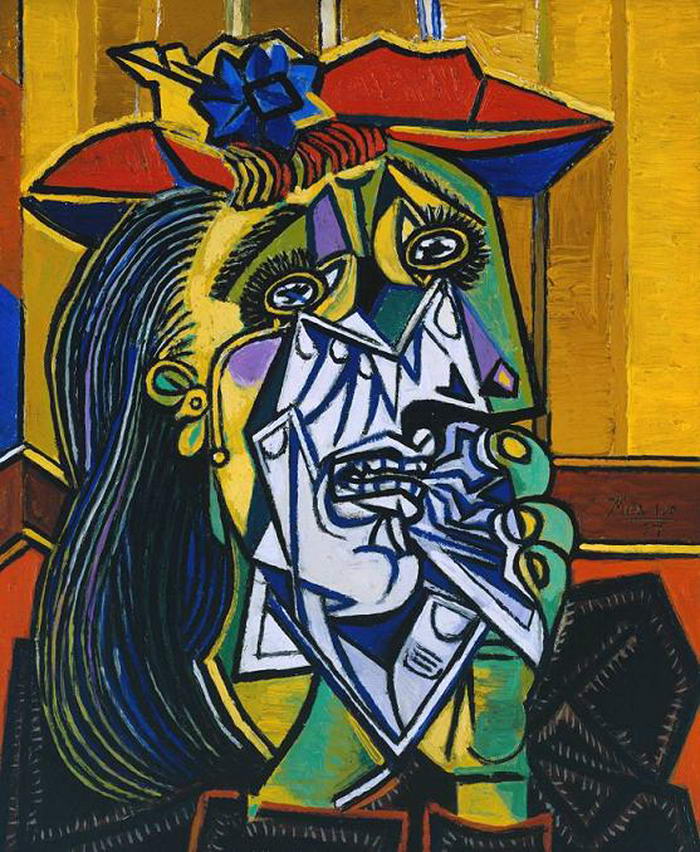
Pablo Picasso was another Spanish artist who worked during the 20th Century. If there’s a name that embodies the spirit of 20th-century art, it’s undoubtedly Pablo Picasso. An exceptionally prolific Spanish artist, Picasso’s innovative explorations in form, color, and style have firmly established him as one of the most influential artists of the 20th century.
Picasso co-founded the Cubist movement, invented constructed sculpture, and developed collage as a modern art form. His groundbreaking painting, Les Demoiselles d’Avignon, signaled the birth of Cubism, radically shifting the direction of visual arts.
His masterpiece, Guernica, is a potent political statement. Depicting the horrors of war, it stands as a stark reminder of the destructive capabilities of conflict. Even today, Picasso’s creativity continues to inspire countless artists worldwide, underlining his enduring influence on modern and contemporary art.
These famous artists of the 20th century left a profound impact not only on the art world but also on society at large. Their innovative techniques, bold ideas, and fearless expressions have inspired countless artists who followed in their footsteps. They remind us that art is a powerful tool for expression, a mirror reflecting society, and a vehicle for change.
While the realm of art continues to evolve and transform with the 21st century, the works of these influential artists remain timeless, continually sparking intrigue, evoking emotions, and stirring discussions. As we move forward, we must remember the legacies these artists left behind, as they continue to shape the future of art.


